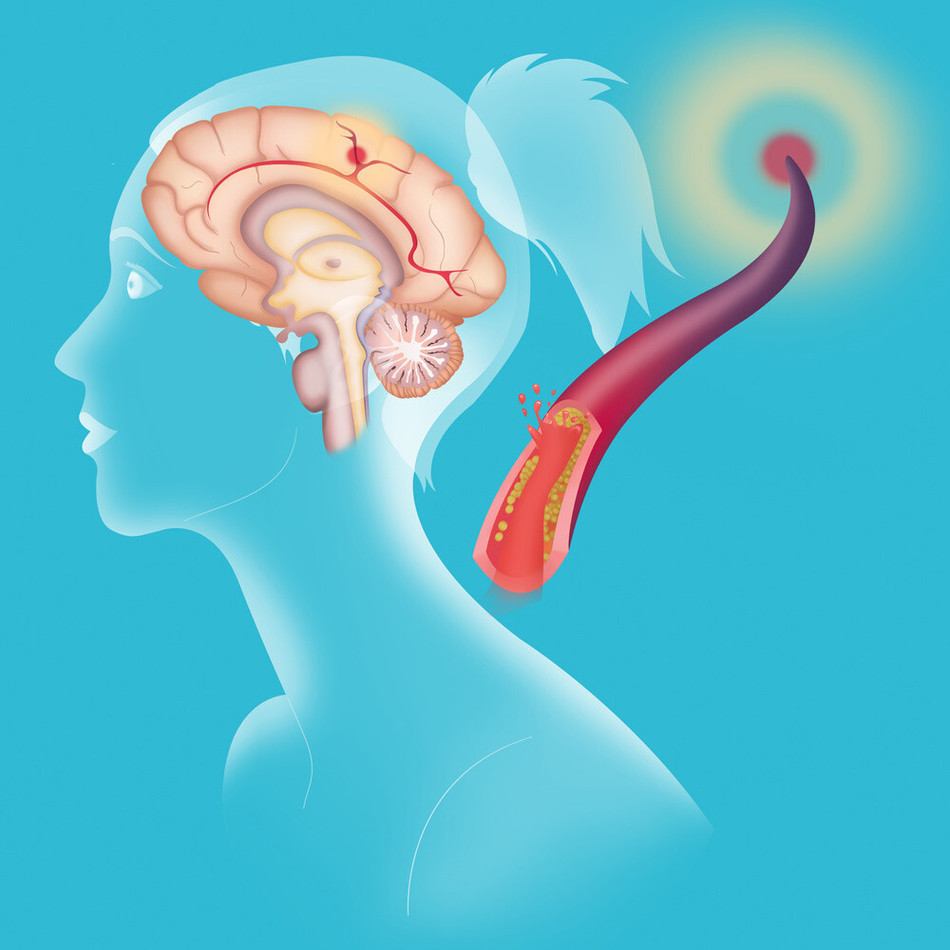Stroke appears as the 2nd leading cause of death in the world. Among its sequelae, the greatest is presented as a neurological disability, dependent on rehabilitation care.
Through exercises the balance is restored and allows the connections responsible for the feeling of security to be established.
Pilates, a technique known as prevention and treatment of the spine, aggregates theories of motor control and body awareness techniques. Therefore, its practice favors the strengthening and stretching of muscles, increasing joint mobility with movements performed without haste and with control.
In this case, the practice contributes to the recovery of movements, improves breathing, posture and motor coordination.
Many people who have had a stroke find the Pilates Method a great ally. Through exercises the balance is restored and allows the connections responsible for the feeling of security to be established and the performance of daily activities to be reestablished.
The practice of Pilates works the body together with breathing, and prioritizes the limits of each individual, taking into account the rhythm and what may have already happened to the practitioner’s muscles.
Pilates contributes to the recovery of movements, improves breathing, posture and motor coordination. It does not consist only of stretching exercises, it refers to physical and mental activity.
Pilates favors the strengthening and stretching of muscles by increasing joint mobility with movements performed without haste and with control. The method gains more and more new followers, interested in the prevention and treatment of spinal problems. However, its benefits can go much further.
For people who have suffered a stroke, for example, their practice contributes to the recovery of movements, improves breathing, posture and motor coordination.
Through exercises, the balance is restored and allows the connections responsible for the feeling of security to be redone and daily activities can return to normal again. In addition to working the body, it is also good for the practitioner’s mind.
The main objective is to improve your quality of life, with benefits such as gaining range of motion or not worsening, through exercises performed within the Pilates method, which uses beneficent and functional means to the upper and lower limbs.
“Pilates works with muscle strength, range of motion, balance, posture and functionality and quality of movement”. “The exercises are carried out in a light and gradual way, based on each individual and their sequels, using Pilates equipment and accessories, promoting greater patient safety and re-educating the brain to recognize the forgotten member, establishing efficient movement for that particular function”.
Discover more from Pilates All Ages
Subscribe to get the latest posts sent to your email.
